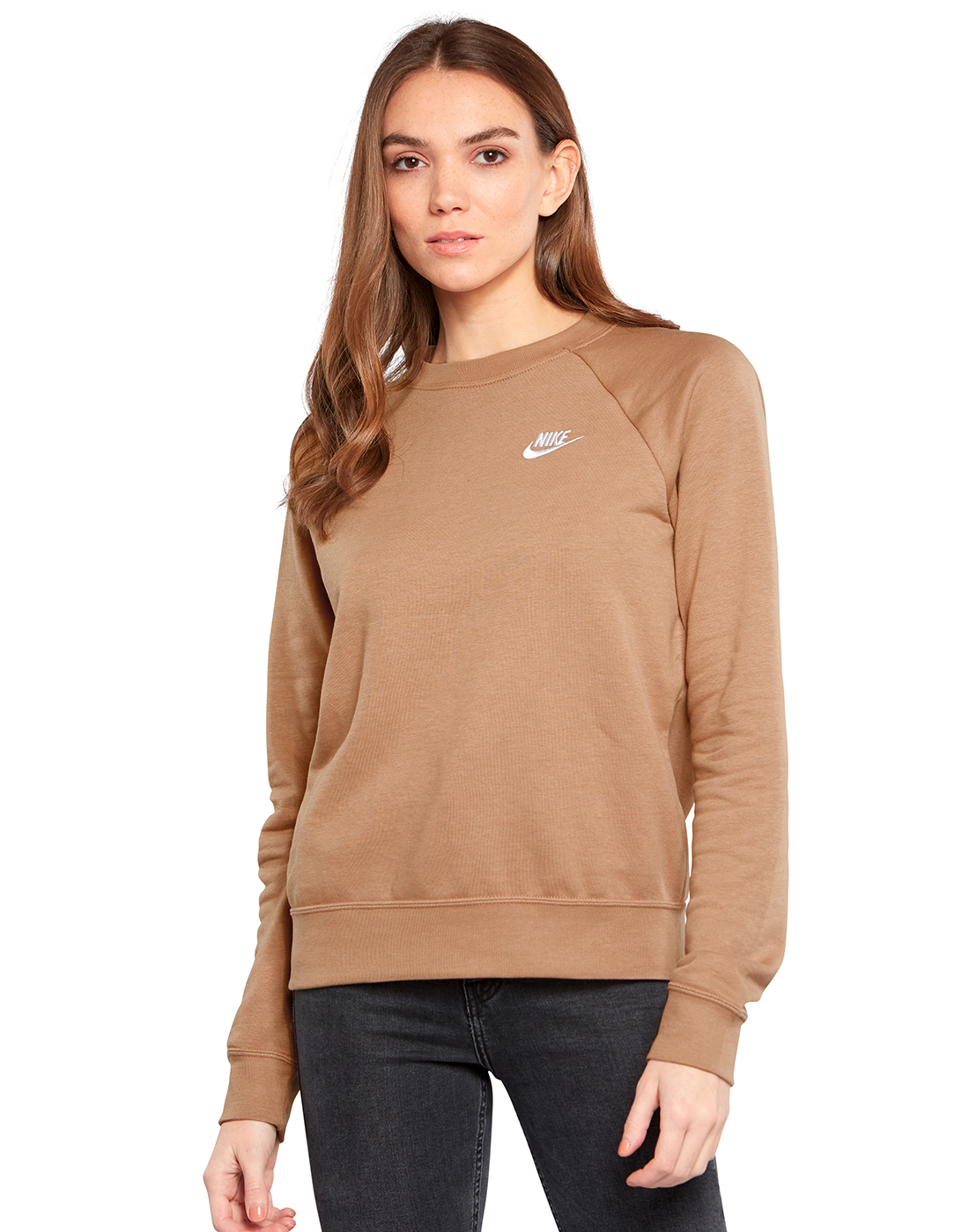Sweatshirts are long-sleeved, pullover shirts that are typically made of thick cotton cloth. They are usually worn as casual clothing but aren't as formal as sweater s or cardigans. They do not usually have an Hood. If you're interested in purchasing a sweatshirt here are some tips:
The appeal of Norma Kamali was spread by the use of sweatshirts
Since the late 1970s in the late '70s, Norma Kamali has been turning the humble sweatshirt into a work of art. Her designs have become the staple of almost every woman's closet. Her unique designs vary from a tummy-tucking v neck , to leather paneled sweatshirts. Her clothing is also designed with unusual forms, such as tanks with a long trumpet skirt.
A partnership with the brand and sweatshirt manufacturer Everlast gave rise to her Timeless collection, which became a huge hit when it debuted in Spiegel's spring 2006 catalog. The collection offered interchangeable and convertible knits in classic shapes and many of the items were priced below $20. Even even if Norma Kamali's Timeless collection wasn't available in stores, customers could still find the pieces on eBay as well as Poshmark.
Merino wool sweatshirts are more comfortable than soft sweatshirts
Merino wool is known for its ability to remove moisture which help to keep you comfortable and dry. This is a naturally-occurring fibre that also has a smoother feel. It also drys quickly when compared with other natural material. In addition, it is a renewable resource. The merino sheep shed their coats each year and grow new coats.
The warmth-to-weight ratio of merino wool is what makes it a popular choice for sweatshirts. It helps to regulate the temperature of your body due to its loft which naturally traps heat between the fibers. This is the reason Merino wool sweatshirt s are great for summer as well as outdoor activities such as mountain biking and running. The warmth it offers ensures that the wearer stays cool and dry, which is important for working out.
Zip-front hoodies come with kangaroo pockets.

Kangaroo pocket Hoodies are a very popular type of hoodies. These hoodies feature a huge pocket on the front, which keeps your hands warm during cold days. They're much more practical than traditional pockets because they permit your hands to slide in and out effortlessly.
The pockets of Kangaroos are typically big enough to fit a wallet or some other small personal items. They're usually long enough to fit the palm of a hand that is small or even wide enough to fit two hands. sweat shirts have wide openings on both sides and can be used to carry small objects.
French terry fabric is a popular fabric for sweatshirts.
The French Terry fabric is composed of soft yarns made into loops, and are usually midweight. It is also renowned for its ability to wick away moisture and is pre-shrunk. French Terry is a fantastic choice for sweatshirts because it will keep you warm when you need it and keeps you cool when you're trying to cool off.
French terry is also popular for loungewear, since it is stretchy enough and has enough flexibleness to feel great against your skin. It also allows enough air to circulate through the fabric, which makes it ideal for layering under other clothing. In addition, because it's lighter than other sweatshirts that you can wear throughout the year without feeling too hot or cold.
Hoodies can be classist.
Although it could appear that hoodies are simply appropriate clothes for working class people however, in reality they have a classist connotation. The hooded clothing was first popularized in the early 1970s , in New York, where graffiti artists would wear them to conceal their identities. In 1976, hoodies made their major film debut in "Rocky," when the protagonist of the film was a working class man in hooded gray sweats on his memorable climb to the top of the Philadelphia Museum of Art.
Hoodies are often associated with death, destruction and other negative things, and yet they also serve practical purposes. For instance, priests and monks can wear hoods to demonstrate modesty and inward focus.
